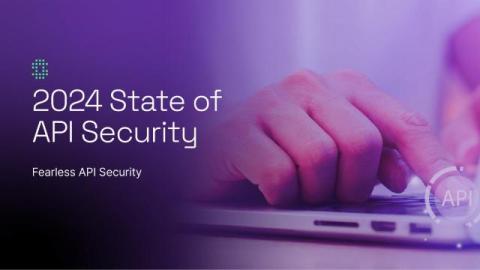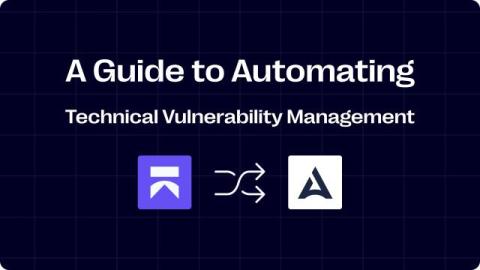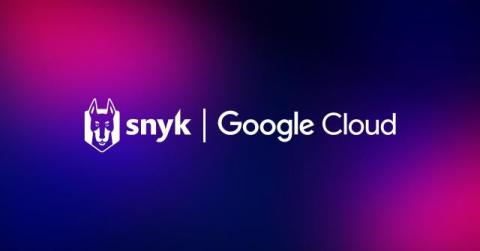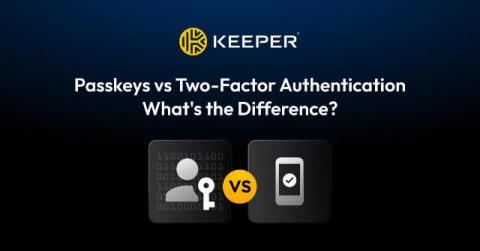Accelerating privacy and security in AI with Tines
At Tines, our mission is to power the world's most important workflows, and AI has recently become a huge part of that story. We currently have two AI-powered capabilities that enable teams to work faster, reduce barriers to entry, and spend more time on the fulfilling work that attracted them to their professions in the first place. But this is only possible because they trust that these features are private and secure by design.











